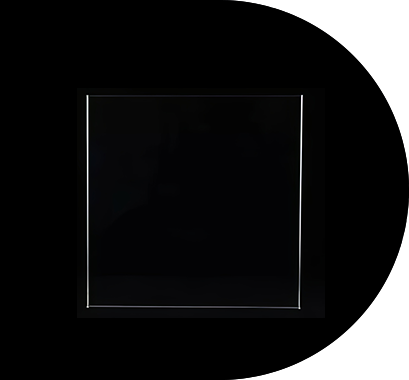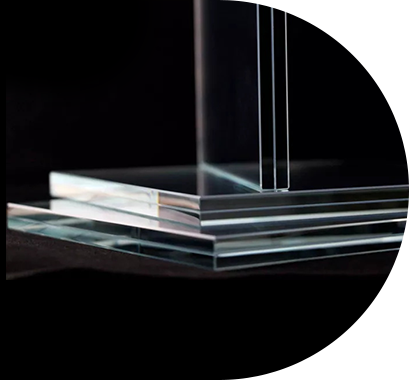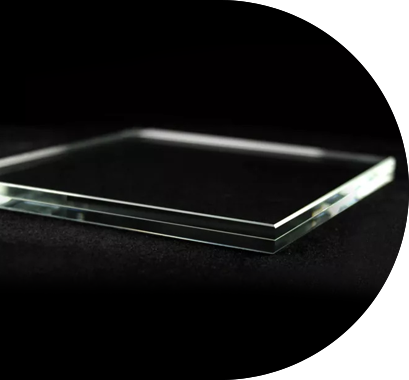Anti-reflective (AR) glass enhances visibility in digital signage and touchscreen applications by minimizing surface reflections and maximizing light transmission. This results in displays that are brighter, more vivid, and easier to read—even in challenging lighting conditions such as direct sunlight, overhead fluorescent lighting, or brightly lit retail spaces.

1. Reduction of Surface Reflection
Standard glass reflects a portion of ambient light, which creates glare and mirror-like effects that obscure the screen's content. Anti-reflective glass, however, is coated with special multilayer optical coatings designed to cancel out reflected light through the principle of destructive interference. This significantly reduces the amount of light that bounces off the surface—typically from 8% reflectance on standard glass down to less than 1% on AR glass. The result is a clearer and more comfortable viewing experience, especially in environments where light sources are difficult to control.
2. Enhanced Display Clarity and Brightness
By allowing more of the display’s light to pass through the glass rather than being reflected away, anti-reflective glass helps preserve the brightness and clarity of digital content. This is crucial for advertising screens, menu boards, digital kiosks, and transportation signage, where visual impact and legibility directly affect engagement and usability. Colors appear more saturated, whites are brighter, and dark areas maintain contrast without being washed out by glare.
3. Improved User Interaction on Touchscreens
In touchscreen systems such as ATMs, self-service checkouts, wayfinding systems, and interactive displays, visibility directly influences user performance. Glare or reflections can interfere with a user’s ability to read text, identify icons, or touch the correct part of the screen. Anti-reflective glass ensures that the interface remains visible and legible from different angles and lighting conditions, leading to more accurate and satisfying user interactions.
4. Consistent Visual Experience from All Angles
Unlike untreated glass that can appear reflective or washed out from certain directions, anti-reflective glass maintains consistent optical performance across a wide range of viewing angles. This is especially beneficial in public installations where viewers are constantly moving or where content is intended to be seen from across a room or walkway. The result is improved audience reach and message delivery.
5. Enhanced Aesthetic Appeal
Beyond functional performance, anti-reflective glass also improves the overall appearance of the display by reducing the distracting glare and reflections. The screen looks more seamless and modern, with a "non-glass" appearance that draws attention to the digital content rather than the surface itself. This sleek look is often preferred in high-end retail, corporate environments, museums, and luxury product displays.
6. Durability and Long-Term Performance
Modern AR glass is engineered not only for optical clarity but also for mechanical durability. It often includes additional scratch-resistant or smudge-resistant coatings to support high-traffic usage. This makes it well-suited for both indoor and outdoor digital signage systems, where exposure to touch, dust, and weather elements is a concern.
Anti-reflective glass improves visibility in digital signage and touchscreens by reducing glare, boosting screen brightness, maintaining color fidelity, and ensuring clear readability from multiple angles. These benefits lead to a better visual experience, greater user engagement, and more effective communication of digital content in both commercial and public environments.






